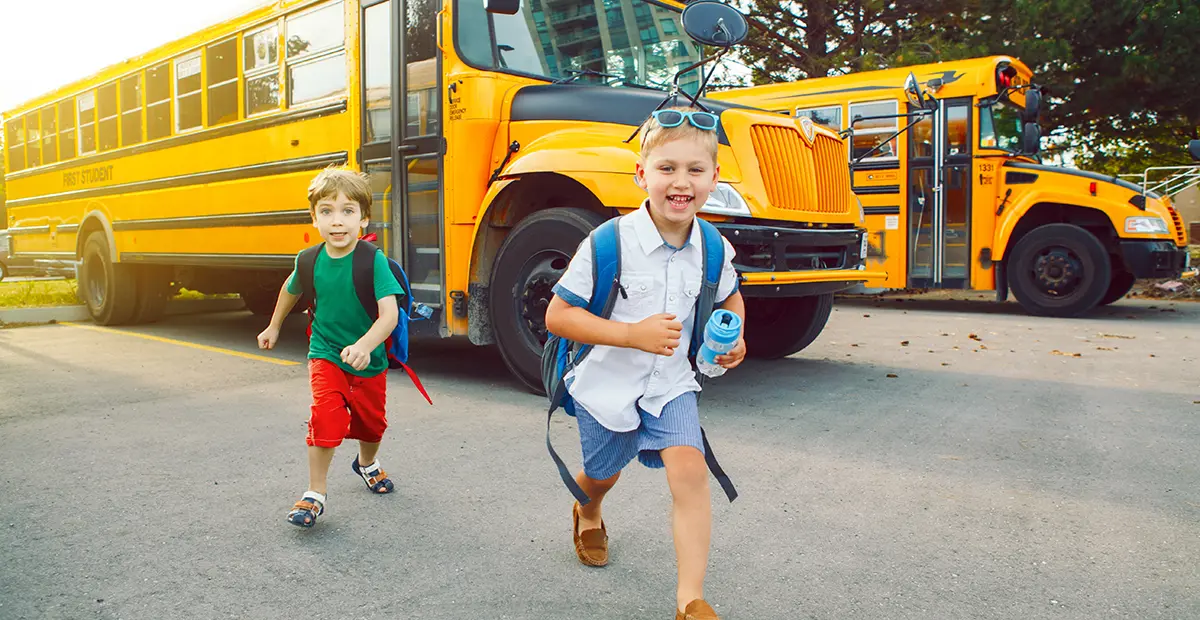Is everyone really ready for all of the faces hiding behind the computers to return to the brick-and-mortar classroom?
Jose’s alarm rang. He rolled over and turned off the alarm on his cell phone. He was used to his new routine of rolling out of bed and opening his computer, as he sat up in bed. Who needed breakfast?
He rubbed his eyes as his day got started and he stared at 16 other black boxes with letters inside of them. It was the usual math lesson with his teacher doing most of the talking as she flipped through her Nearpod slides. Jose toyed with the idea: Do I stay in this class or roll over and drift back off to sleep?
Then his teacher shared that all students would need to return back to school next week. All Jose could think was: What? Am I ready?
The landscape of public education has undergone a seismic shift, as school systems scrambled to reinvent public education after Maryland schools closed on March 16, 2020. Some systems provided their first wave of support via paper copies that were shipped or picked up by families for about two months. No one believed that it would last beyond two months, and then it did.
The second wave lasted for the remainder of the school year and into the summer with the central office curriculum teams working around the clock to create online resources for students who were attending four synchronous instructional blocks with one asynchronous day, with four classes each day. Every Sunday, these curriculum resources were delivered (from the central office team) to teachers so that they could provide instruction as they figured out how to master their Google classrooms or Canvas online instructional platform.
The third wave lasted from the beginning of the school year, in September 2020 and lasted through March 2021. Many Maryland teachers struggled to develop daily lessons using all of the technology tools that were needed to make their lessons come alive for students. Tools like Nearpod, Pear Deck, Zoom, Screencastify, and Kahoot. Regardless, many teachers watched so many students become disengaged in instruction and there were so many phone calls home. Eventually, some parents stopped taking their calls.
When schools began to open again in March 2021, we moved students back into schools in phases with some grade levels beginning first: elementary school students and students in Special Education programs first and secondary students later. Even when students began to come back, schools had to figure out how to balance their classrooms to comply with social distancing guidelines and maintain buses at 50% capacity. It all worked out because over 60% of the students were kept home by their parents and continued to attend virtual school.
Over a year and a half later, the next leg of the journey will be all about how parents and schools will be able to navigate the learning journey to make sure that students can be accelerated towards grade level expectations in reading, mathematics, science, social studies, and other curricular areas. Many districts are exploring various intervention programs. However, they are also exploring something new: expanding tutoring support for students to individualize instruction to get back on track.
Some of the recent research by Brown University emphasizes the benefits of establishing effective tutoring supports for students, emphasizing the importance of small groups (3-4 students), frequency (at least three times a week), focus (aligned to the grade level curriculum resources), and scheduling (tutoring during the day has been found to be more effective). Time will tell as school leaders, teachers, parents, and students figure out how to navigate the shifting world of teaching and learning, as more people are vaccinated and the learning space shifts back to a normal brick and mortar setting. Who knew that schooling could be reinvented after doing school, basically the same, for over 200 years!



